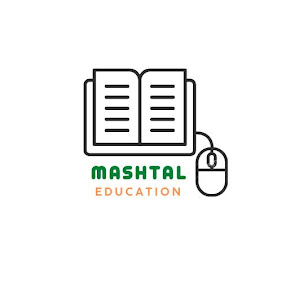Take care of your English!
ABOUT ME
- eflspace.blogspot.com
- I 'm Mohamed Salem Elboubakri,I have ten years plus of teaching experience .I taught modules in general English,business English,and English for tourism. I had BA in English language and literature and I took numerous courses in TESOL; for instance, TESOL Diploma program from TESOL Canada, and AE-E- teacher program, powered by RELO. Iam glad to cooperate with you since English isn't just a job for me but a passion that worths sharing
Popular
-
As announced before on P.E facebook page ,I schedule a live webinar,named: "Scale up your English Today" On this webibar,you'...
-
Noone can deny the importance of public speaking in business in particular and life in general.Artists, politicians and businessmen use publ...
-
A-Read carefully the text: Nobody actually wants to cause offence but, as business becomes ever more international, it is...
-
Along two days Feb 27and 28,2016 in AlAnouar centre of Ouarzazate, an intensive two-day training took place ,as a result of the coope...
-
Today's afternoon from 16h00 through 18h00 in the cultural complex ,Ouarzazate English Friends Club of ISTA Ouarzazate organised ...
-
About Preply: Preply is an online platform that connects students with independent tutors via video chat. It was founded, the year ...
-
A-Read this text carefully: The Steps in Starting a Business Nearly every person who makes the decision to start a bus...
-
Noone can deny the importance of continuing professional development for ELT instructors.It helps teachers to stay up to date with the ne...
-
English language learning starts among Moroccan young learners in lower secondary, and ''rarely'' in primary or preschool...
-
Zagora, Morocco Bni Zouli Forum for Development and Communication in Zagora (FOBDEC), in cooperation with the British council, ...
Blog Archive
-
▼
2024
(
3
)
- ► 11/24 - 12/01 ( 1 )
-
►
2021
(
1
)
- ► 06/27 - 07/04 ( 1 )
-
►
2017
(
1
)
- ► 01/22 - 01/29 ( 1 )
-
►
2016
(
8
)
- ► 10/16 - 10/23 ( 1 )
- ► 08/07 - 08/14 ( 7 )











